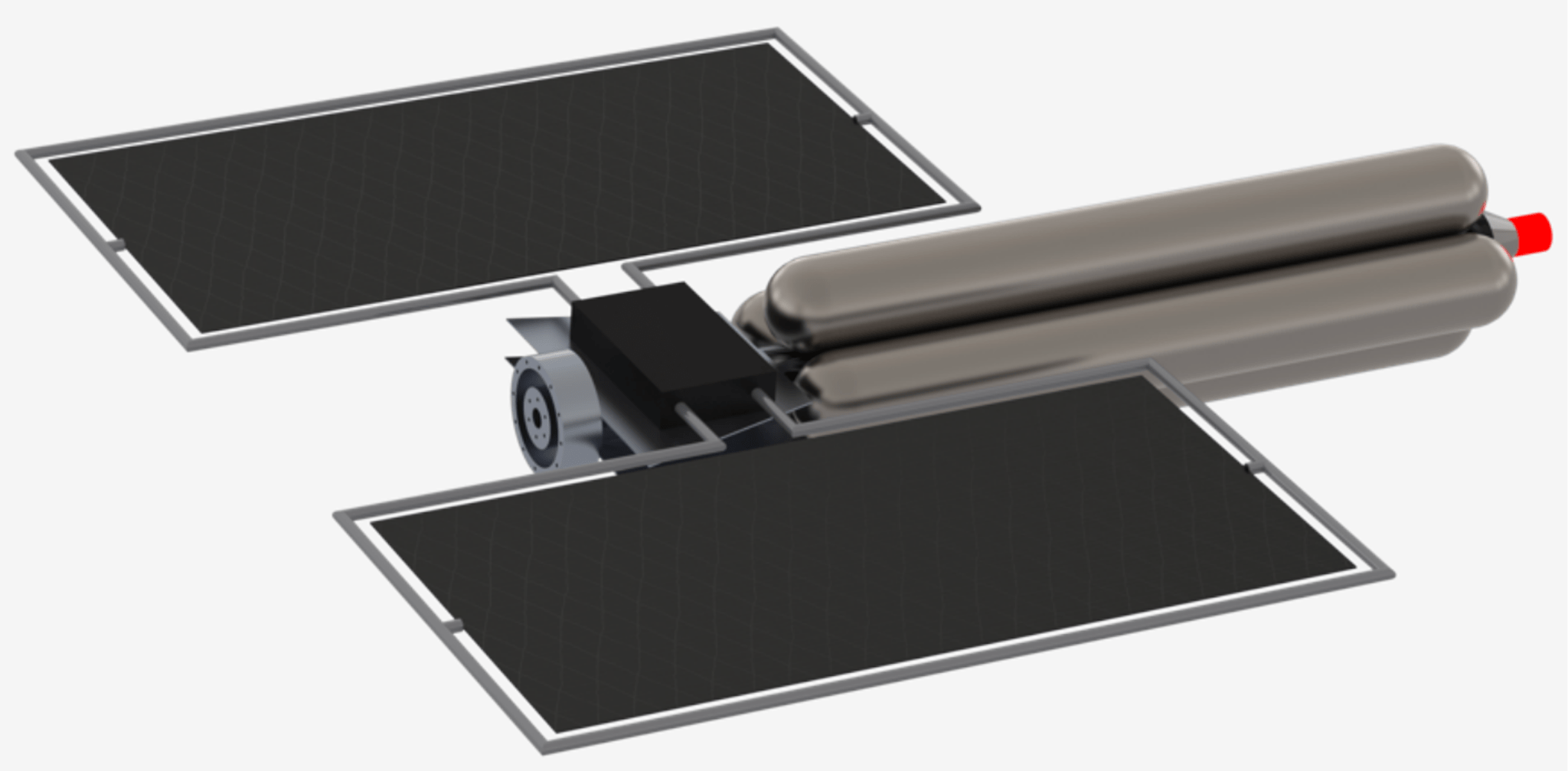Christopher Morrison
USNC- Space
USNC-Tech is proposing a compact 20 kWe, 500 kg dry mass, radioisotope-electric-propulsion spacecraft design powered by a novel Chargeable Atomic Battery (CAB) that is capable of ∆Vs on the order of 100 km/s with a power system specific mass of 5-8 kg/kWe. A spacecraft powered by this technology will be able to catch up to an extrasolar object, collect a sample, and return to earth within a 10-year timeframe. The data collected from samples and data from interstellar objects has the potential to fundamentally change our view of the universe and our place in it. Two of these objects ‘Oumuamua and C/2019 Q4 (Borisov) have passed through our solar system in the past three years, and we must be ready for the next one. The core innovation of this spacecraft architecture that makes this amazing mission possible is the CAB, which has a power density of over 30 times that of Pu-238. The CAB is easier and cheaper to manufacture than Pu-238 and the safety case is greatly enhanced by the CAB’s encapsulation of radioactive materials within a robust carbide matrix. This technology is superior to fission systems for this application because fission systems need a critical mass whereas radioisotope systems can be much smaller and fit on smaller launch systems reducing cost and complexity.

































